British lighting manufacturer Anglepoise is known for its iconic three-spring articulated task lamp
of the same name. From humble beginnings, Anglepoise became an icon of British design, its eponymous lamp was a revolutionary design that graced the living rooms and work spaces of British homes and offices throughout the 20th century.
In 1931, the automotive engineer George Carwardine (1887-1947) developed a theoretical concept for balancing weights using springs, cranks and levers. Combining his own invention and a technique developed by the spring manufacturer Herbert Terry & Sons Ltd in 1855 that kept springs in constant tension, Carwardine designed an adjustable yet balanced articulated task lamp. The lamp could be positioned exactly how the user desired, but the focused beam also consumed less electricity than contemporary desk lamps
. The design was submitted for patent, and the first four-spring Anglepoise Lamp was produced in 1933.
From 1931 to 1934, Carwardine produced the lamp himself in his workshop in Bath. Soon, he could not keep up with the demand for his articulated masterpiece, and decided to license his design to Herbert Terry & Sons, the same firm that supplied his springs and inspired his original mechanism. In 1935, the Original 1227 lamp was launched. It had been reworked by both Carwardine and Terrys into a three-spring lamp that was less industrial in look than the four-spring, and thought to be more attractive for domestic use. They were right, and it was this model that became the archetypical design for the company.
During the Second World War, production at Anglepoise slowed due to a shortage of materials. Like many other British companies, Anglepoise was keen to support the war effort and in 1939 they adapted their lamp and began producing navigator’s lamps for bombers. In 1986, a Wellington bomber plane was salvaged from the bottom of Loch Ness in Scotland, and after almost four decades, the Anglepoise lamp within was fully functional and ready for use. The plane and the lamp have been preserved in the Brooklands Museum in Surrey, and the story has made its way into British folklore. Not the only Anglepoise story to seep into pop culture, the iconic articulated silhouette has inspired many musicians, artists, designers and writers. In 1979, the proto-punk pop band, The Soft Boys, released “(I want to be an) Anglepoise lamp”. In Salman Rusdie’s award-winning 1980 novel, Midnight’s Children, the protagonist makes repeated references to the light of his Anglepoise lamp. Then in 1985, innovative sculptor, David Mach created The Giant Hand Sculpture named Knuckle Shuffle from 360 black Anglepoise lamps.
In the early 2000s, confronted with many cheaper copies and imitations that almost forced them out of business, John and Simon Terry—grandsons of the founder—relocated the company to Portsmouth, relaunching Anglepoise as a premium international brand. In 2003, the designer Sir Kenneth Grange—responsible for diverse concepts such as the Kenwood Mixer, the Intercity 125 train, and the modern London taxi—became the newest Design Director of Anglepoise. In same year, he designed the Type 3 Desk Lamp (2003).
To celebrate the 75th anniversary, in 2009, the Anglepoise Original 1227 was featured on a Royal Mail stamp, alongside other iconic British designs. Designers Paul Smith and Margaret Howell recently joined Anglepoise. In 2015, the Anglepoise lamp was collected by the Design Museum in London for their exhibition, Extraordinary Stories about Ordinary Things. Anglepoise lamps are also on display at the Victoria & Albert Museum in London and at the Vitra Design Museum’s touring exhibition, Lightopia.

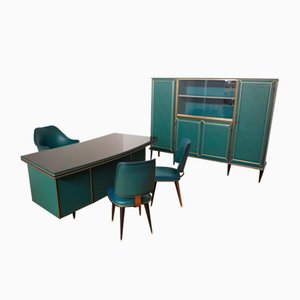
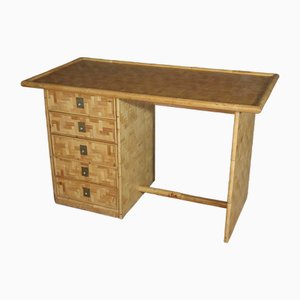
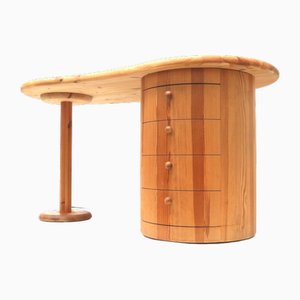
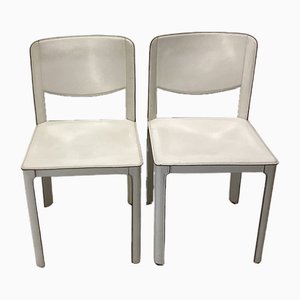
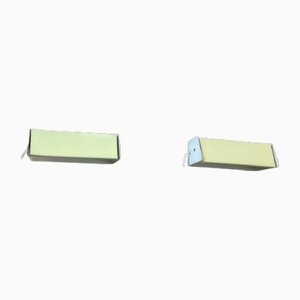
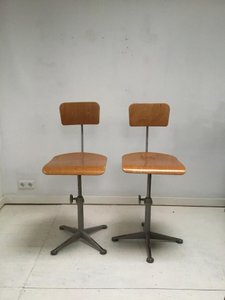
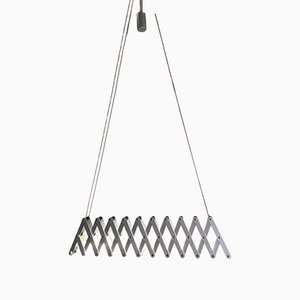
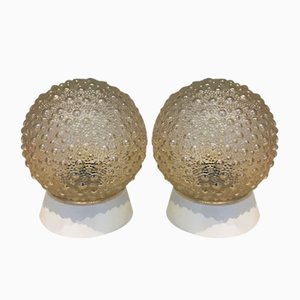
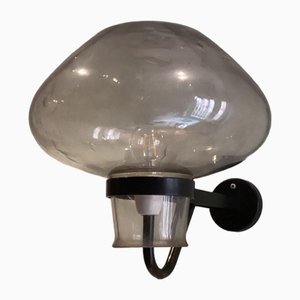

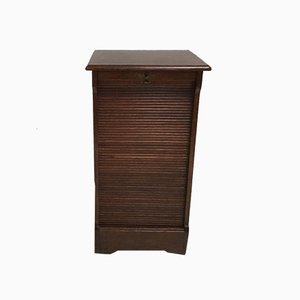

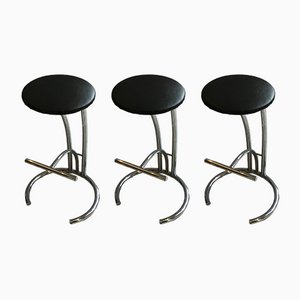


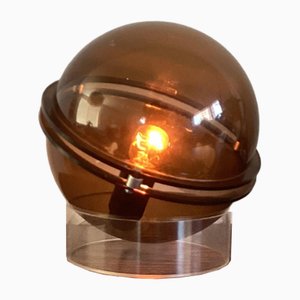
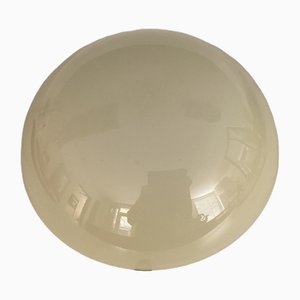
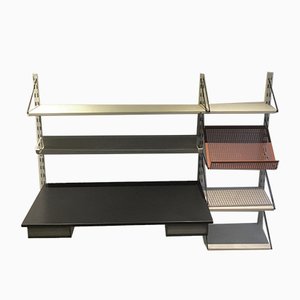
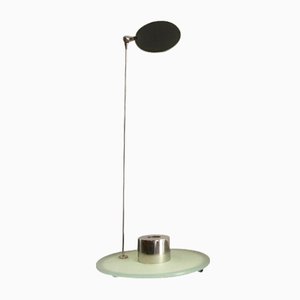
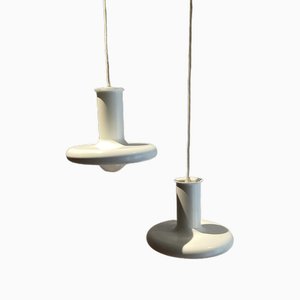
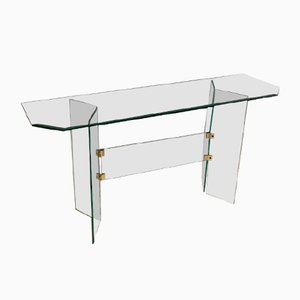
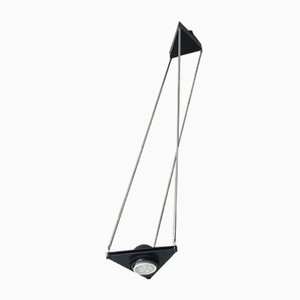
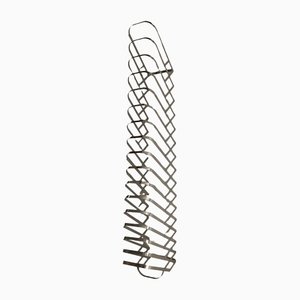
Get in Touch
Make An Offer
We noticed you are new to Pamono!
Please accept the Terms & Conditions and Privacy Policy
Get in Touch
Make An Offer
Almost There!
To follow your conversation on the platform, please complete the registration. To proceed with your offer on the platform, please complete the registration.Successful
Thanks for your inquiry, someone from our team will be in touch shortly
If you are a Design Professional, please apply here to get the benefits of the Pamono Trade Program